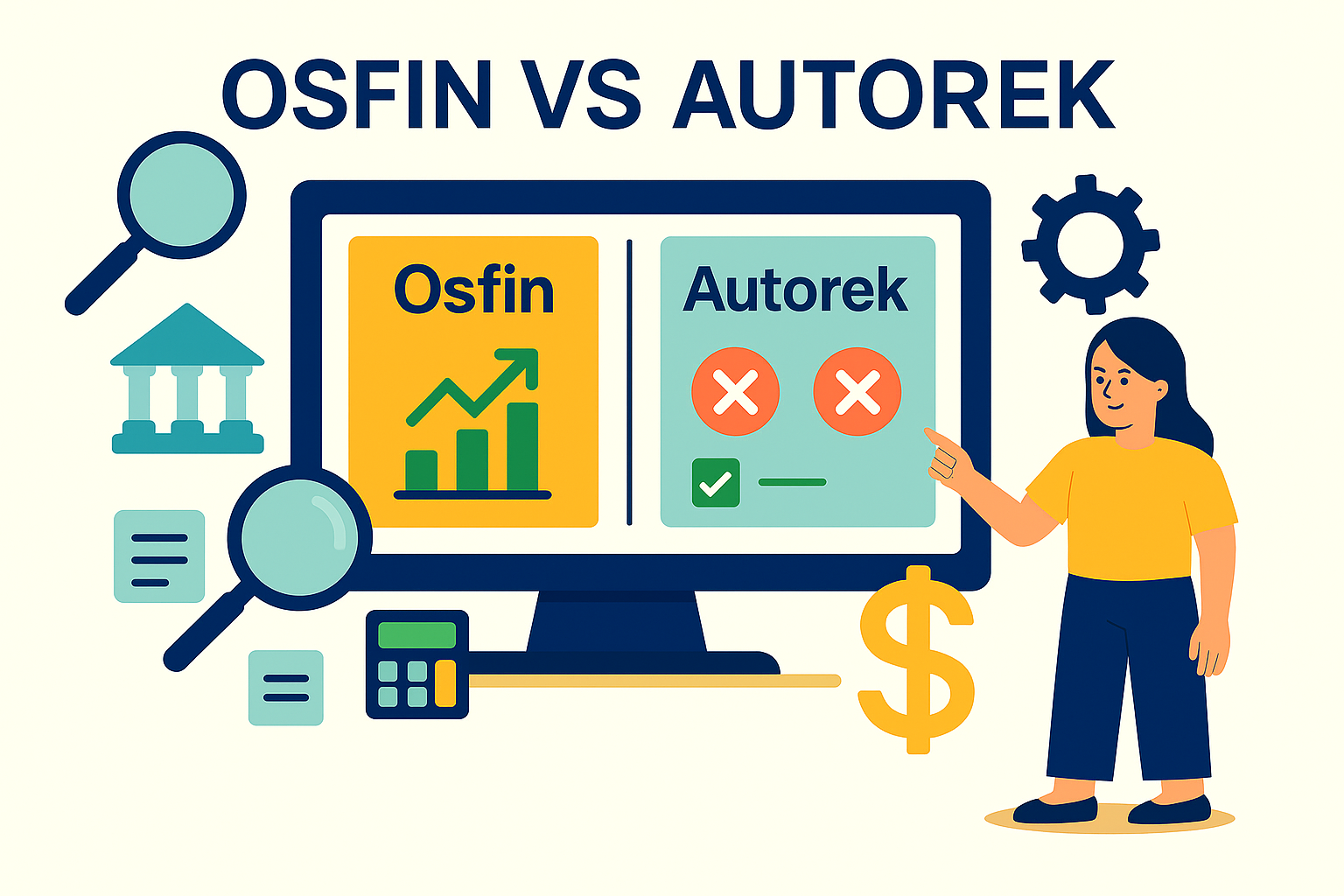Best Practices in Intercompany Accounting & Financial Management
Intercompany accounting is basically how a company keeps track of all the money moving around between its different parts, like subsidiaries or branches. It's all about making sure everything adds up and everyone's on the same page financially. The main goal is to make sure that the company's financial statements show exactly what's going on between all the different parts of the company that are owned by the same parent company. The larger a company is, and the more subsidiaries and entities it has, the more complicated intercompany accounting becomes.
Procter & Gamble (P&G) for example is a multinational consumer goods company that owns a number of well-known brands like Gillette, Pampers, and Tide. Purchasing of raw materials, sharing of technology, and the transfer of funds are all examples of intercompany transactions that take place between P&G's subsidiaries and its affiliates around the world. Intercompany accounting helps companies like P&G to reconcile transactions between its subsidiaries to make sure their financial reports are accurate and comply with relevant accounting standards.
This guide aims to simplify the process by covering its fundamental aspects, including its significance, operational mechanics, and recommended best practices. Following these guidelines can help companies achieve effective intercompany accounting and accurate financial reporting.
What this blog covers:
- What intercompany accounting is and why it’s vital for multi-entity businesses
- Key challenges: mismatched entries, timing differences, foreign currency impacts
- Best practices for effective intercompany financial management and reconciling inter-entity transactions
- How automation and standardisation improve intercompany processes and controls
- How Osfin supports streamlined intercompany accounting and consolidation
Importance of Intercompany Accounting
Intercompany accounting’s significance can be attributed to several reasons. For example, It plays a vital role in ensuring the accuracy, reliability, and compliance of a company's financial statements. Intercompany accounting is also critical for tax purposes. Transactions that occur between entities within the same parent company can have tax implications. By accurately accounting for these transactions, companies can ensure compliance with tax laws and regulations.
Intercompany Accounting - How it Works
The complexity of the process can vary based on the organization's structure and the number of intercompany transactions. But below are some primary steps involved in intercompany accounting:
Identify Intercompany Transactions
After transactions between companies are written down, they must be matched up to make sure they are correct and complete. To do this, it is important to carefully compare the transactions recorded in the accounting system of the sender with those recorded in the accounting system of the receiver. Properly identifying and tracking intercompany transactions helps ensure compliance with tax laws and regulations and facilitates the accounting procedures necessary to maintain the integrity of the company's financial statements.
Record Transactions
Identifying intercompany transactions is only the first step; they must also be properly recorded in the appropriate accounting books. This process entails creating journal entries that accurately reflect the transaction and the entities involved and making sure that these entries are recorded in both the sender's and receiver's accounting systems. By keeping careful records of transactions between companies in this way, companies can make sure that their financial records are complete and correct.
Reconcile Transactions
After recording the transactions, it's important to reconcile the accounts to ensure that the entries match and that there are no discrepancies. This can be a time-consuming process, particularly for large organizations with multiple subsidiaries and a high volume of intercompany transactions. In this phase, we look for and fix errors and discrepancies in the recorded transactions.
Eliminate Intercompany Transactions
Intercompany accounting concludes with the elimination of all intercompany transactions through the offsetting of balances. By doing so, the consolidated financial position of the company will be reflected fairly in the financial statements. Subsidiary A owes Subsidiary B $10,000, while Subsidiary B owes Subsidiary A $8,000. By offsetting these two balances, the intercompany balance comes out at $2,000.
Intercompany Accounting - Best Practices
To ensure that intercompany accounting is conducted accurately and efficiently, there are some best practices to consider:
Establish Clear Policies and Procedures
To make sure that intercompany accounting works well, clear policies and procedures must be set up that cover all parts of the process, such as finding, recording, reconciling, and getting rid of intercompany transactions. These policies need to be clear, short and updated often to make sure they stay useful and up-to-date. Also, it's important to tell everyone who works on intercompany accounting about these policies and procedures to make sure the process is consistent and accurate. Clear policies and procedures can help stop mistakes and lower the chance of fraud by making sure that everyone involved in the process is on the same page and knows what to do. By setting up and communicating clear policies and procedures, companies can make sure that their intercompany accounting is more accurate and honest.
Use Standardised Processes and Tools
For intercompany accounting to work efficiently at scale, processes, and tools need to be standardised. Standardised processes can help speed up the accounting process by making sure that all entities use the same templates for journal entries, reconciliations, and eliminations. Standardised tools like accounting and reconciliation platforms like Osfin can also help make things more accurate and consistent. It will also be easier to compare transactions between different entities and find any mistakes or differences by using these tools.
Conduct Regular Audits
Regular audits should be conducted to ensure that intercompany transactions are being recorded accurately and in compliance with accounting standards. This can include both internal audits and external audits by a third-party auditor.
Train Staff on Intercompany Accounting
Proper training of staff is also important to ensure accurate and efficient intercompany accounting. Training should cover all aspects of intercompany accounting, including identification, recording, reconciliation, and elimination of intercompany transactions. Effective training helps reduce errors, ensure accuracy, and improve the quality of financial reporting.
Conclusion
Intercompany accounting helps a lot with making sure that a company's financial statements are correct and that fraud and mistakes don't happen. For efficiency and to follow company rules and policies, it's important to use best practices and standardise processes and tools. As organisations and their intercompany transactions become more complex, having a strong intercompany accounting system is more important than ever. By following the steps in this guide and using best practices, companies can make their intercompany accounting more efficient and accurate, which will not only improve their financial performance but also help them stay compliant.
Osfin is another way by which businesses can save time and effort while also increasing accuracy. It can import data from various sources, including ERPs, PSPs, and banks. Osfin also offers over 30 integrations to process data in any format, and it can additionally enhance financial data processing with automated workflows.


